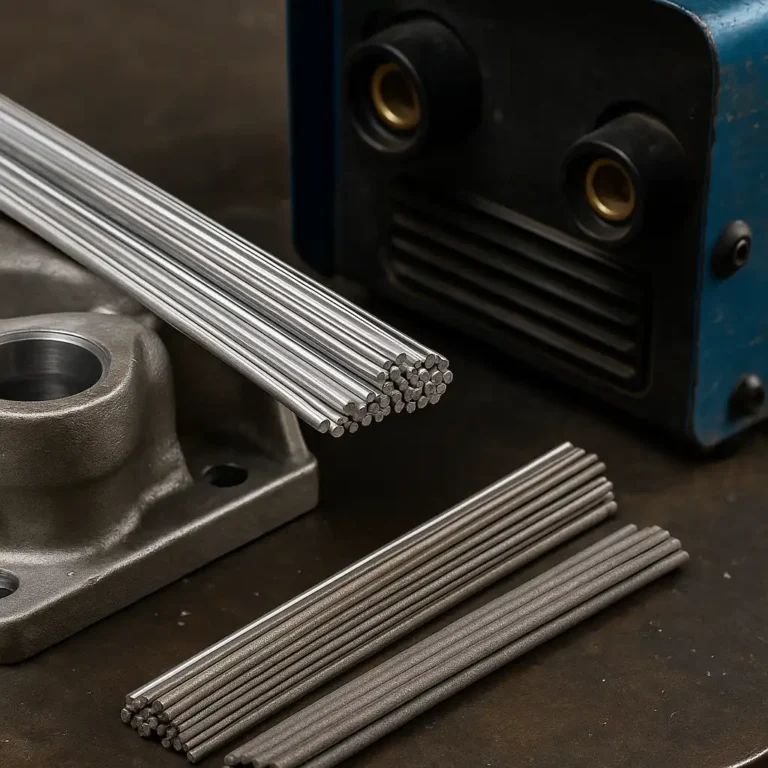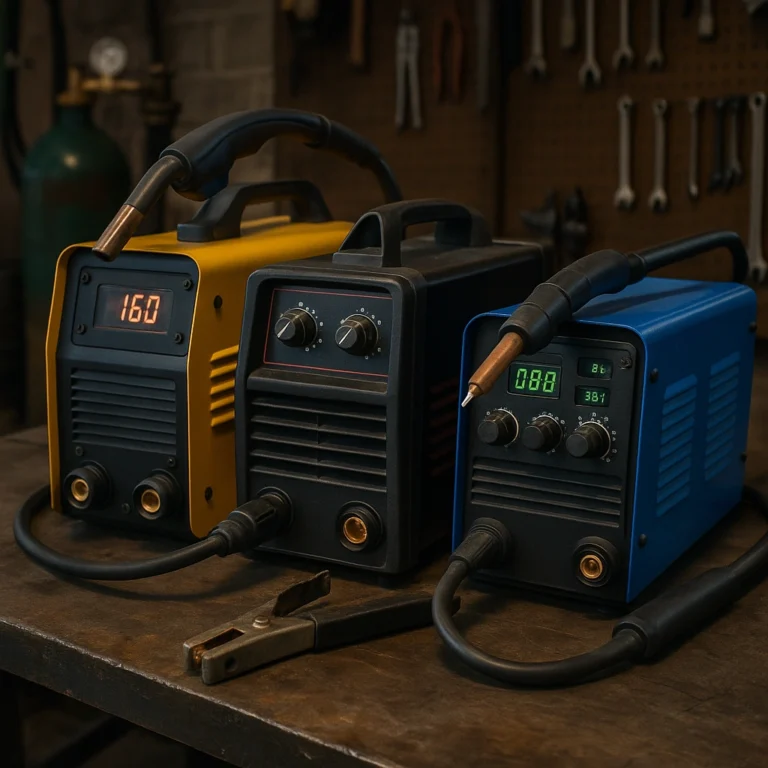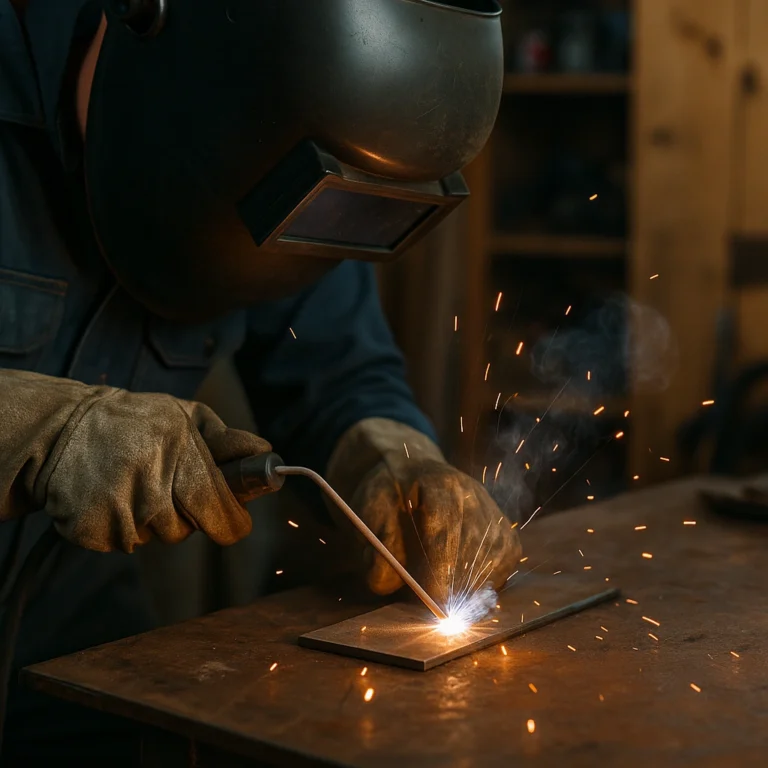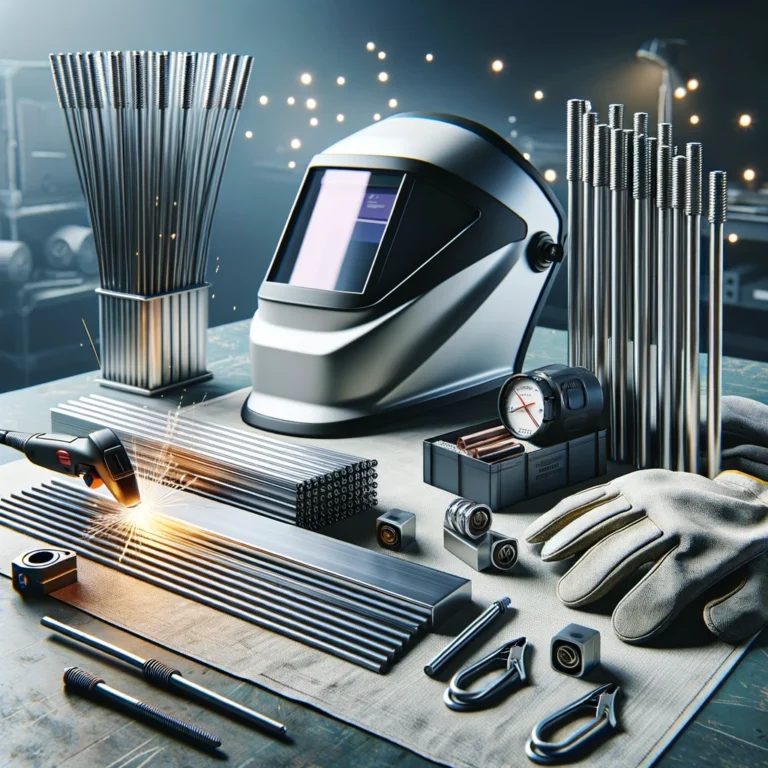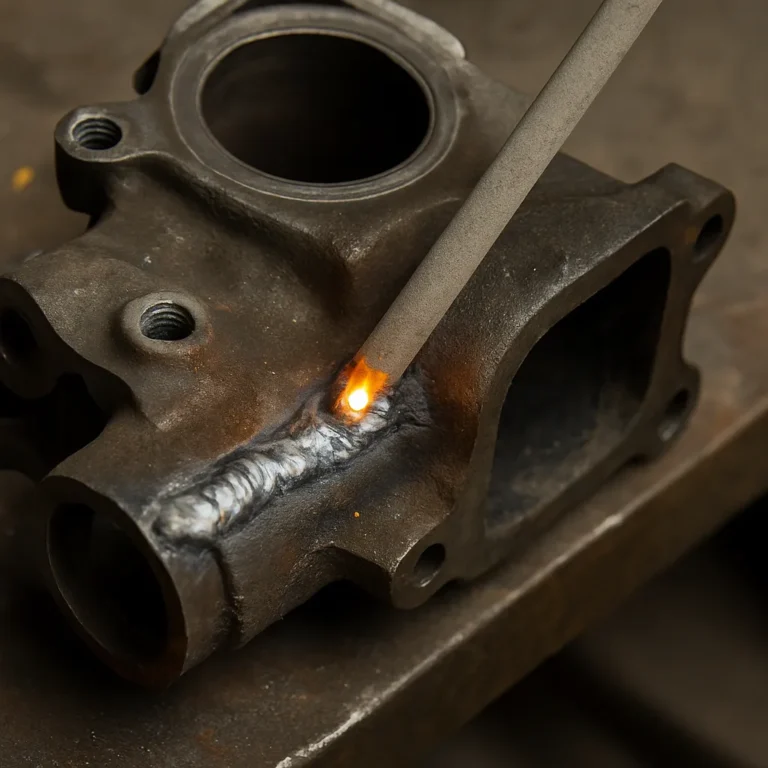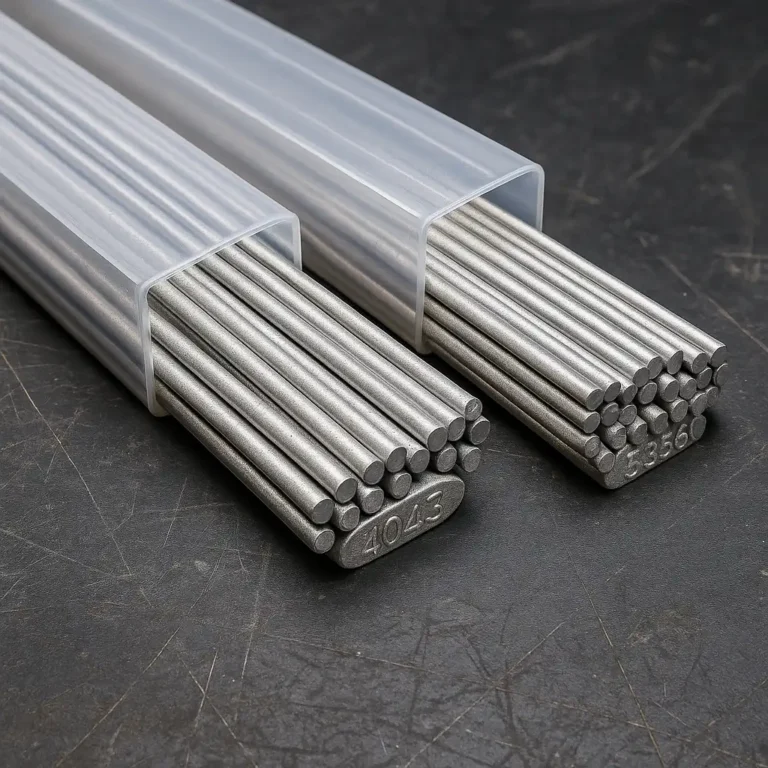What Filler Rod for Aluminum? A Beginner-Friendly Welding Guide
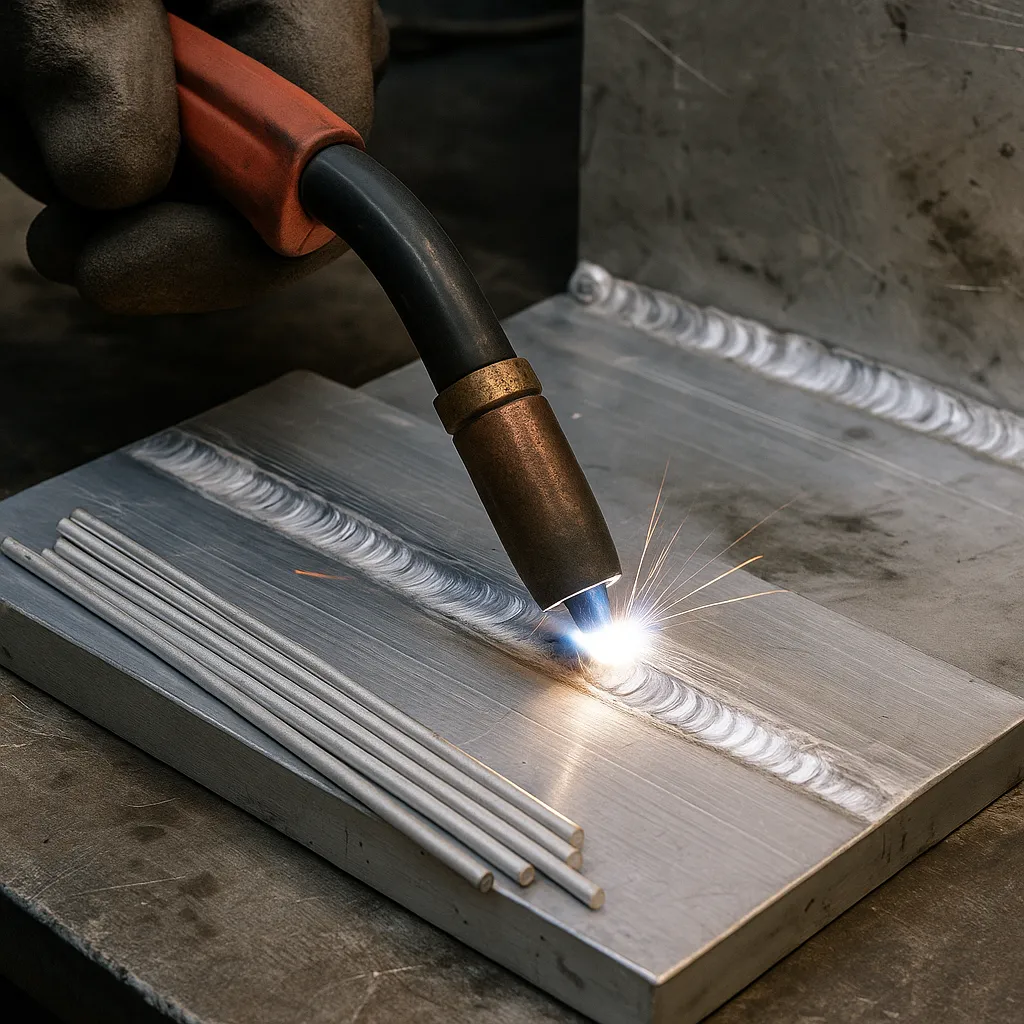
Disclosure: This post contains affiliate links. As an Amazon Associate, I earn from qualifying purchases—at no extra cost to you.
Last Updated: January 2026
Choosing a filler rod is usually the first thing that causes confusion when welding aluminum. The puddle reacts fast, heat spreads quickly, and different alloys behave in ways that aren’t always obvious. That means the filler rod you choose plays a big role in how clean and predictable the weld turns out.
If you’re just getting started with aluminum, the goal isn’t finding the strongest filler rod on the shelf. It’s choosing one that’s compatible, forgiving, and works well across common aluminum jobs.
🔍 Why Aluminum Filler Rod Choice Matters
Aluminum doesn’t weld like steel.
It conducts heat quickly, forms a stubborn oxide layer, and is more sensitive to contamination. When the filler rod doesn’t match the base metal, cracking, weak fusion, or corrosion issues can show up later.
That’s why aluminum filler rods are selected based on alloy compatibility first. Strength matters, but it comes second to how the filler interacts with the base metal.
🔍 The Most Common Aluminum Filler Rods
There are many aluminum filler rods available, but only a few cover most everyday welding situations.
ER4043 Aluminum Filler Rod
ER4043 is the most commonly used aluminum filler rod. Its silicon content helps the puddle flow smoothly and lowers the risk of cracking.
It’s easy to control, produces clean beads, and works well on many common aluminum alloys. For beginners and general aluminum work, ER4043 is often the safest starting point.
ER5356 Aluminum Filler Rod
ER5356 offers higher strength than ER4043 and is usually chosen when durability matters.
It’s commonly used on structural aluminum, trailers, and marine parts. The tradeoff is a stiffer puddle and less forgiveness if the alloy or joint isn’t a good match.
ER4047 Aluminum Filler Rod
ER4047 contains even more silicon than ER4043. This improves fluidity further and helps reduce cracking.
It’s less common, but useful when cracking has been an issue or when working with certain aluminum alloys and castings.
🔍 How to Choose the Right Filler Rod for Aluminum
The right filler rod depends on the aluminum you’re welding.
For general aluminum work or unknown alloys, ER4043 is usually the safest option. If strength or anodized color matching matters, ER5356 may be a better fit. When cracking becomes a problem, higher-silicon fillers like ER4047 are often the solution.
Cast aluminum behaves very differently than standard aluminum plate or extrusion, and filler rod choice changes significantly. This guide on what filler rod for cast aluminum explains which options work best and why.
🔍 Common Mistakes When Welding Aluminum
One common mistake is assuming one filler rod works for every aluminum job.
Another issue is overlooking surface prep. Aluminum oxide melts at a much higher temperature than aluminum itself, so poor cleaning leads to fusion problems no matter which filler rod you use.
Using a stronger filler rod than necessary can also increase cracking risk instead of improving weld quality.
📌 Key Takeaways
- Aluminum filler rods are chosen based on alloy compatibility
- ER4043 is the most common and beginner-friendly option
- ER5356 provides higher strength but less forgiveness
- ER4047 improves fluidity and crack resistance in specific cases
- Good cleaning is critical for consistent aluminum welds
🟢 FAQs
Q: What is the best filler rod for aluminum?
ER4043 is the most commonly used filler rod for general aluminum welding.
Q: Can one filler rod be used for all aluminum alloys?
No. Different aluminum alloys require different filler rods to avoid cracking and corrosion issues.
Q: Is ER5356 better than ER4043?
Not always. ER5356 is stronger, but ER4043 is easier to weld and more forgiving on many alloys.
Q: Do I need to know the exact aluminum alloy?
It helps, but when the alloy is unknown, ER4043 is usually the safest choice.
✅ Conclusion
Aluminum welding doesn’t require a large collection of filler rods, but it does require choosing the right one for the job. ER4043 handles most general aluminum work, ER5356 is used when strength matters, and ER4047 helps when cracking becomes an issue. Understanding how aluminum behaves makes filler rod selection more predictable and leads to better welds overall.

